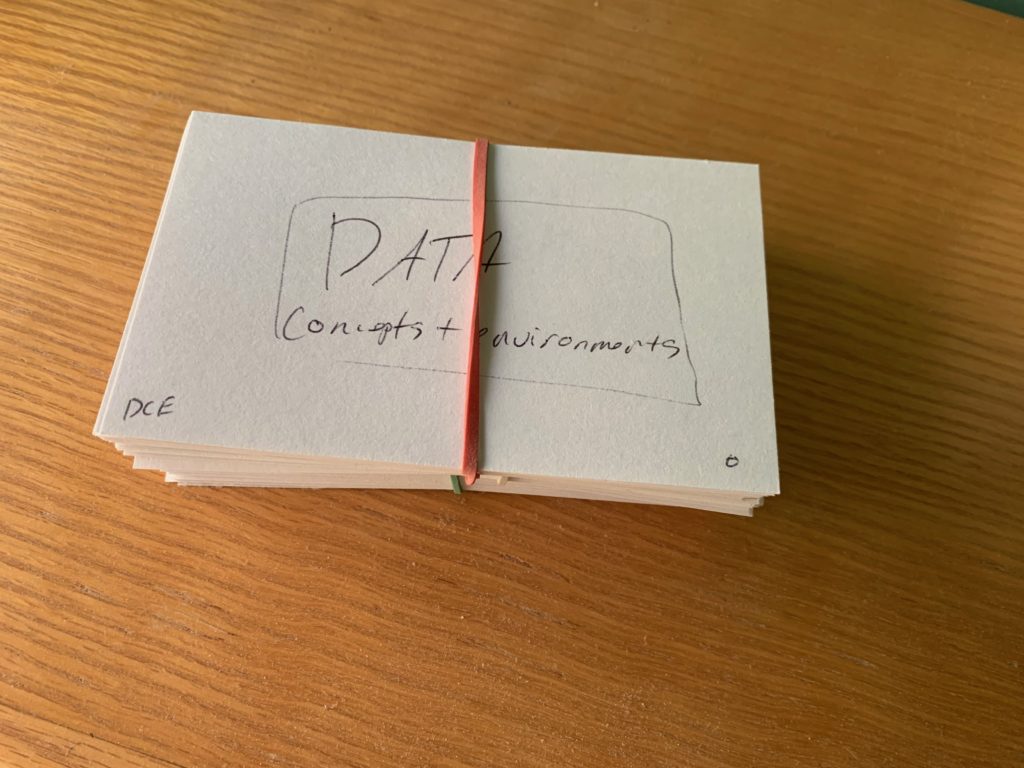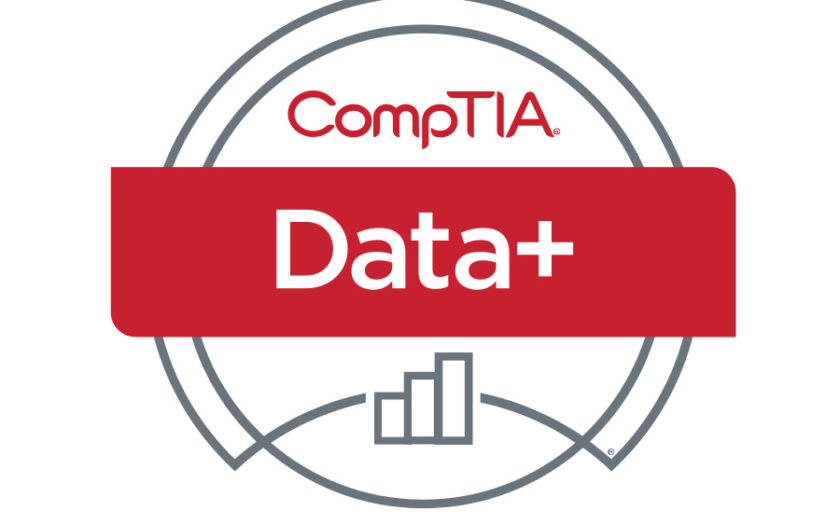I wanted to write a little bit about my experience with this certification, since I don’t think there’s a lot of resources on the web about it yet.
My Background
CompTIA is a significant authority on other IT certifications, such as A+, which is a basic level certification for computer repair. I have to admit that I don’t have a lot of experience with them. I have had friends in the past talk about gaining their certifications; about ten years ago, when I was working in computer repair myself, and I could remember it clearly. A colleague said that they were going for their networking certification though CompTIA for an IT position, so I don’t think that much has changed as to the doors that could be opened by electing to further your own education beyond college with these kinds of credentials. It’s a valid way to proceed with learning beyond traditional schooling.
As evidenced by previous blog posts, I’ve always had an interest in data and data analysis. As far back as 2013, I was working in data journalism for an independent university publication, but I didn’t know where I could go from there. The construction industry is where I have spent most of my professional career, going on six years, and I’ve only skirted some of these data and programming topics during that time period. However, I have always tried to spend the time to keep up with my interests, and to continue to work on projects that I’ve found to be self-fulfilling.
Who is the certification designed for?
I’ve read that big data is the next “gold rush”. I would argue good data and good data techniques would make that statement accurate. If you have little to no understanding of how data can be used at work, this certification will provide that ground knowledge. If you’re well-versed in a language or two, and want a step up to see where else you would want to go, I think the certification can unlock opportunities.
If you went through school and now find yourself at a crossroads where you want to pursue a career in analytics, but don’t have the exact credentials, this may help to show that you’re serious. The application of this knowledge in the workplace, however, may still yield better results.
Since this certification is still so new, it needs to be more widely accepted among companies and professional organizations. CompTIA only lists a few companies that recognize it right now. I would suspect it will get there over the course of several years, but for now, I’m just an early adopter.
The Exam
The Data+ exam (DA0-001) is still new as of February 28th of this year. There’s not a lot of resources out there yet to study. In fact, some of the official study guides were just released as far as I can tell. CompTIA seemed to have the test in beta for a year, and then fully released it when they were confident that they got most of the issues with it sorted out.
The CompTIA website does a much better job of describing the bodies of knowledge that are covered on the exam. The main exam objectives are located here.
The only technical parts of the exam include SQL joins, some variance/standard deviation calculations, and some central tendency questions. It is not language-specific, but I definitely would learn basic SQL and Excel if you don’t have that knowledge base.
I used a Pearson Vue lab at Temple University in Philadelphia to take my exam. It seemed as though the camera monitoring at-home option was risky in case they decided to flunk you for some unspecified reason as I’ve seen with other exams proctored this way. The testing center provided a scrap piece of laminated paper with a dry erase marker, which was helpful. I didn’t need this, but the option existed to exit the exam room to use the bathroom, which would not have been possible at home.
Most of the questions were multiple choice. There were a few that had multiple selectors, and one that was a multiple choice of visualizations. There were 90 questions over 90 minutes, but they do give you the ability to review any skipped questions at the end. I went back every 45 questions manually and reviewed all of those answers each time. When I finished, I still had 10 minutes on the clock.
When you’re ready to submit, the exam screen take you to a brief survey. It is suspenseful. As you finally click through to the end, it will tell if you passed or failed instantly. I’m not going to post my score here, but I did pass by a decent margin.
How Did I Study?
I only used two resources: Mike Chapple’s presentations on LinkedIn Learning, and some study questions on Udemy. If I have to do it again (it expires after three years), I would check out some of the resources on CompTIA’s website as they are probably more closely related to actual test questions. Mike’s lectures were great, and helped me to create a couple hundred flash cards. His data governance section of videos did seem to go far too in depth, as I only found less than a handful of those questions on my exam.

LinkedIn Learning was expensive. At $30/month, I would probably gravitate towards another resource like a one-time Udemy purchase when a more comprehensive course comes out. However, I was successful anyway, so I guess I can’t really complain that much. When there is a greater diversity of study guides in the future, I expect the cost to study for this exam to drop considerably.
